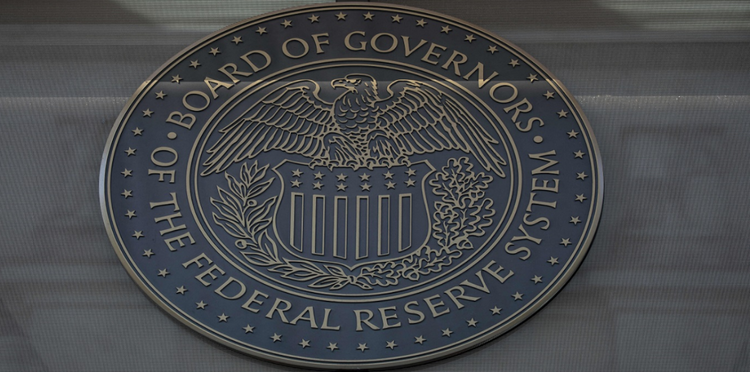Investors shift back and forth on Fed

The S&P 500 experienced a 1.4% decline on Thursday due to the release of weekly jobless claims data. This data indicated that the labor market was still strong, as there was a decrease in the number of individuals claiming unemployment benefits for the first time. The previous day, the S&P 500 had a 1.1% increase following the publication of an S&P Global purchasing managers' survey that showed a slowdown in activity during August. This raised optimism that the Federal Reserve might conclude their interest rate hikes.
The significant influence of these relatively inconsequential releases demonstrates that the central bank is confronted with a delicate decision regarding its next course of action. However, we anticipate that there will be more clarity in the upcoming weeks as investors analyze more substantial data releases and the Federal Reserve's reaction to them. This process will commence with Chair Jerome Powell's yearly address at the Jackson Hole symposium today.
We think that investors will want to know the Federal Reserve's guidance on interest rates in the long term, as well as their outlook on when the current cycle of rate hikes will end. Recently, the market has started to predict that the fed funds rate will be higher in five years, which is seen as the level at which rates will neither stimulate nor suppress growth. This change in investor expectations suggests that they believe nominal GDP growth will be consistently higher than it has been in the past 15 years. We think that investors will be paying close attention to the Fed's view on this neutral level, known as the theoretical R-star, as it could indicate higher rates in the future.
In terms of short-term guidance, it seems probable that Powell will continue to express the recent message that further increases in interest rates will depend on future data releases. The decisions regarding these rate rises are likely to be delicately balanced as inflation decreases, but economic growth remains strong. The opinions of Powell's fellow policymakers have been varied. On Thursday, Philadelphia Fed President Patrick Harker stated that he believed the Fed had done enough and that he supported a restrictive stance to allow inflation to decrease over time. On the other hand, Boston Fed President Susan Collins suggested that the Fed may require additional rate increases and that it may be close to a point where rates can remain steady for a significant period.
The upcoming labor market information will play a crucial role in shaping market conditions. High-ranking officials from the Federal Reserve have consistently emphasized the need for a slowdown in the labor market in order to have increased confidence that inflation will gradually return to their desired 2% target. The August employment data, which will be released next Friday, will be the final piece of information before the Fed's next policy meeting on September 20th. The July employment data showed a slight decrease in the rate of job growth, but unemployment remains at historically low levels. Economists predict that the August data will show similar results, with an estimated job growth of about 190,000—significantly higher than the number of new workers joining the labor market. If unemployment remains steady at 3.5%, as expected by the majority, it will not provide a clear indication of a decrease in demand for workers.
The indicator of inflation that the Federal Reserve prefers seems likely to show more evidence that inflation is slowing down. The core index for personal consumption spending, which excludes food and energy, will be released on August 31st, and economists predict a 0.2% increase from the previous month in July. This would align with inflation gradually returning to the Federal Reserve's goal of 2% over time, even though the current annual core rate is expected to be 4.1%. This release comes before the Consumer Price Index for August, which will be published on September 13th and is the final significant data point before the Federal Reserve's decision.
Therefore, although our initial assumption is that the Federal Reserve has finished increasing interest rates, opinions on the Federal Reserve could change based on future data. We still think it is probable that the Federal Reserve is closer to the end of their tightening cycle compared to the European Central Bank, which is why we favor the euro over the US dollar. Furthermore, with the strong economic data supporting our belief that the US is heading towards a relatively smooth economic slowdown, we now see stocks as having a more evenly balanced risk and reward potential. As a result, we have upgraded our stance on stocks from being the least preferred asset class to being neutral.
Key authors - Solita Marcelli, Mark Haefele, Brian Rose, Chris Ptak, Vincent Heaney, Jon Gordon
Blog Entry - Investors oscillate on Federal Reserve decisions, dated 25th August 2023.







































